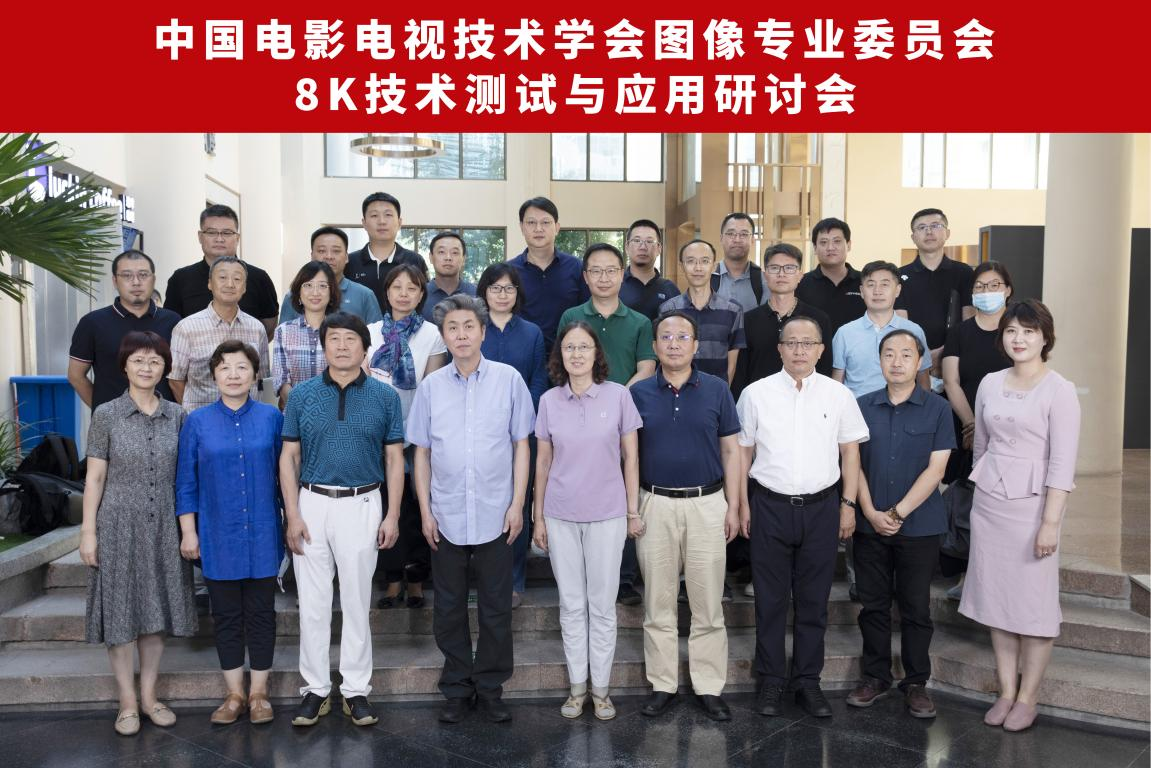Human research on genetics starts with the pea in your bowl
Author:China Popular Science Expo Time:2022.09.22
If you ask me in biological textbooks, who is the most familiar with the name? Na Monel must be on the list! Whenever we mention the father of Mendel, the first impression is the pea experiments he did.
Montel's job is the priest of the monastery of BRNO (now the second largest city of the Czech Republic). When he was young, he showed his interest in the inheritance of animals and plants. Research on gardening and agronomy.

Mendel (Picture Source: Wikipedia)
What secrets he discovered biology? What inspired by Montel's discovery to the scientific development of later generations? What steps do people have studied for genetic exploration?
1. Mendel and Pea Experiment
From 1856 to 1863, Monter personally planted and tested about 5,000 pea plants (22 varieties). He cultivated these peas artificially to the high stems or low stems, round particles or wrinkles of different generations of peas, and The gray seeds or white seeds, etc., have meticulously observed, count, and analyze the number of traits and numbers, and found that some characteristics of peas can be stable and regularly inherited to the next generation.
In the experiments again and again, Mendel discovered the basic laws of biological inheritance and obtained the corresponding mathematical relationship. His discovery is now known as the "Montel's First Law" (that is, the laws of Montel's genetic separation) and "Montel's Second Law" (that is, the rules of gene freedom), which is the basic law of revealing the mysteries of biological genetic mystery. In 1865, Montel summarized many years of observation records and wrote a paper entitled "Plant Hybrid Experiment".

The characteristics of peas used when Monter studied pea, including the characteristics of seeds, flowers, pods, stems and other aspects. This experiment is also the starting point of genetic knowledge in our junior high school biology textbooks (picture source: wikipedia)
However, because the scientific community lacked the ideological foundation of Montel's law at that time, this paper was not valued. Until 1900, Deveris from the Netherlands, Columbus in Germany, and Chelmark in Austria independently "re -discovered" the law of Montel's genetic law. In the history of science, this major scientific event was called Monteer's law. Re -discover. From then on, genetics entered the Mendel era.
Second, decipher the gene, answer life secrets
In 1909, Danish biologist Johnson modified the term "genetic factor" used in Montel's thesis, namely genes, and proposed the concepts of Phenotype and Genetype.
In 1952, after the infection experiments of the American phage group, DNA was determined that DNA was a hereditary material. Since then, DNA and gene have been tightly bound together. In 1958, Francis Crick first proposed the "central rule" to explain the flow direction or transfer of life information, so people more and more recognize the importance of genes.

(Image source: Veer Gallery)
In 1990, the human genome plan was implemented in order to determine the nucleotide sequence composed of 3 billion base pairs contained in human chromosomes (referred to as monocular bodies), so as to draw the human genome map and identify what they contained Genes and sequences to achieve the ultimate goal of deciphering human genetic information -decoding life, so as to understand the origin of life, growth and development, and understand the causes of different species and individuals, the mechanism of disease, longevity and longevity and life and life and life and life and life and life and life and longevity and life and life and life and longevity and longevity and longevity and longevity and longevity. Life phenomena such as aging provide a scientific basis for the diagnosis and treatment of diseases.

The structure of the phage and the process of infected cells will first inject DNA into the cells, and then this DNA will be copied within the cell, which will eventually cause cell death. (Picture source: wikipedia)
Seeing this, the little friends may ask, once the human genome plan is completed, can we use the popular gene editing technology in recent years to transform the genes? For example, the genes that control the single eyelids into double eyelid genes, so do people who like double eyelids no longer need double eyelid stickers or big expenses for cosmetic surgery? Is this really good?
3. What is the gene editing?
Gene editing, as the name suggests, is the technology of editing and transforming the target gene, which can modify a genetic engineering technology on a specific target gene of the organism genome. In theory, we can "transform" genes that control the single eyelids into genes that control double eyelids.
At present, the most popular gene editing technology in the world is CRISPR/CAS9. This technology can edit the genome through the "shear and paste" deoxyrum ribosic acid (DNA) sequence. The scope of application is very wide, not only can study the functions of various genes of animals and plants, but also can be used in the field of human gene therapy.

In terms of image, CAS9 is like scissors/wounds, which can break the DNA at the specified location and perform gene editing (picture source: wikipedia)
The CRISPR/CAS9 system was first discovered in E. coli. When studying the genes of the bacteria, scientists accidentally discovered a repeated callback sequence, that is, some alkaline pairs at the end of the sequence repeatedly appeared. This type of password was later discovered in the genome of many bacteria. Some scientists realize that this is definitely not a coincidence. After careful research, this type of password should be a tool for bacteria to resist foreign DNA invasion. Subsequent series of studies have shown that the CRISPR/Cas9 system can integrate the segment of invading phage and plasmid DNA into CRISPR, and use the corresponding CRISPR RNAS (CRRNAS) to guide the degradation of homologous sequences to provide immune.
Seeing this, I believe that everyone has thought. As long as this type of crypton is used for directional transformation and allows it to degrade specific DNA fragments, it can be edited on the target DNA.
Soon, structural biologists from the University of California Berkeley Jennifer Doudna and Emartel Capetie, at Murio University, Sweden, confirmed this idea through in vitro experiments. Next, some people used the CRISPR/CAS system to implement gene editing of zebrafish, fungi and bacteria, and Zhang Feng laboratory successfully applied it to mammalian cells.
Use CRISPR/CAS9 technology to produce gene modification pigs (picture source: biomedical engineering magazine)

Nowadays, CRISPR/CAS9 gene editing technology is one of the most important revolutions in the field of biology and medicine. It has successfully realized a variety of biology such as fruit flies, nematodes, mice, pigs, sheep, rice, wheat, sorghum, and sorghum. The genome is precisely modified. Even in the application field of gene therapy of some diseases, great application prospects, such as hematological diseases, tumors, and other genetic diseases.
With the understanding of CRISPR/Cas9 gene editing technology, it has gradually discovered its deficiencies, that is, a serious off -target effect. Because the CRISPR/CAS9 system only needs to do it in the bacteria body, it is enough to hurt its own DNA. However, when it is used for gene editing, it may be inaccurate because of the target recognition, inaccurate cutting, or accurate editing the cutting site. It is impossible to complete the editor of the target gene. Therefore, people are constantly developing new technologies. I believe that in the future, gene editing will be more mature.
Back to the question of single eyelid gene, can we make us more beautiful through gene editing technology? Theoretically, it is okay, but edit when you are still a fertilized egg, so as to ensure that you grew up with double eyelids.
In fact, the friends do not have to be tangled. It is because of the existence of genetic diversity that it has created a difference between people, and everyone's beauty is also unique. Compared to changing the appearance by relying on gene editing, maybe we should learn more about appreciating ourselves from the bottom of our hearts and accepting our unique beauty.
Produced: Popular Science China
Author: Xiao Xiaowei (Institute of Microbiology, Chinese Academy of Sciences)
Producer: China Science Popularization Expo
references:
[1] Gao Mengyu, Yang Guang, Bao Yan. Use CRISPR/CAS9 technology to breed genes' research progress in the medical field. Biomedical engineering magazine, 2018, 35 (4): 637-642.
[2] Doudna, J. A., & CHARPENTIER, E.. (2014). The New Frontier of Genome Engineering with Crispr-Cas9. Science, 346 (6213), 1258096.
[3] Hsu, P., Lander, E., & ZHANG, F.. (2014). Development and Applications of Crispr-Cas9 for Genome Engineering. Cell, 157 (6), 1262-1278.
[4] Comfort, n... (2017). A CRACK in Creation: Gene EDITING and the Unthinkable Power to Control Evolution. Nature, 546 (7656), 30-31.
The China Science Popularization Expo is the Science Popular Science Platform of the Chinese Academy of Sciences. It is sponsored by the Computer Network Information Center of the Chinese Academy of Sciences. Relying on the high -end scientific resources of the Chinese Academy of Sciences, it is committed to spreading cutting -edge scientific knowledge and providing fun science and education services.

- END -
The 8K Technology Test and Application Symposium of China Film and Television Technology Society was held

On the morning of August 16th, the 8K Technology Test and Application Seminar of t...
Online recruitment rivers and lakes: old, middle, and new platform pairs

Editor: With the development of the Internet, the recruitment platform moved the r...